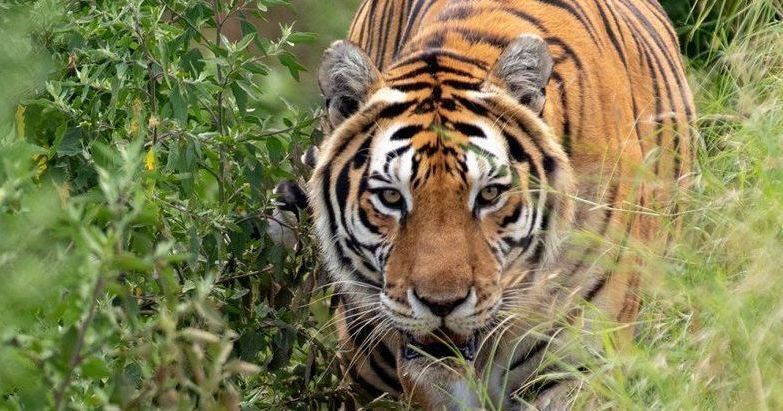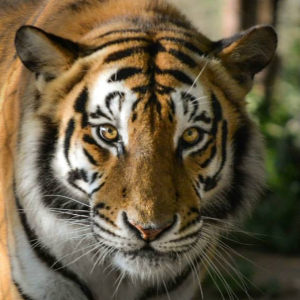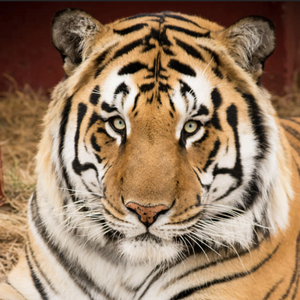P. tigris
Family: Felidae
Sub-family: Pantherinae
Genus: Panthera
Conservation Status: Endangered
Habitat: Asia
The tiger is the largest cat species that once ranged widely across Asia. Over the past 100 years, they have lost over 90% of their historic range. According to the World Wildlife Fund (WWF), the global population in the wild is estimated to be around 5,500 individuals in 2024, down from around 100,000 at the start of the 20th century. However, their numbers have increased about 40% since 2015.
Tigers are one of the most recognizable, and charismatic, animals but they are also one of the most threatened. At one time, there were 9 recognized sub-species of tigers. Three (the Bali, Caspian, and Javan tigers) became extinct in the 20th century. The remaining sub-species are Bengal, Indochinese, Malayan, Siberian, South China, and Sumatran tigers are all endangered. In 2017 the IUCN revised their taxonomy only recognizing two tiger sub-species.
Tigers live primarily alone and aggressively scent-mark large territories to keep their rivals away. They are powerful hunters that travel many miles to find prey, like elk and wild boar. Tigers use their striped coats as camouflage and hunt by stealth. A hungry tiger can eat as much as 60 pounds in one night!
Their stripes also help identify them. Tigers' stripes are like humans' fingerprints - no two tigers have the same pattern. Field biologists use these unique stripe patterns to identify individuals in the wild.


























